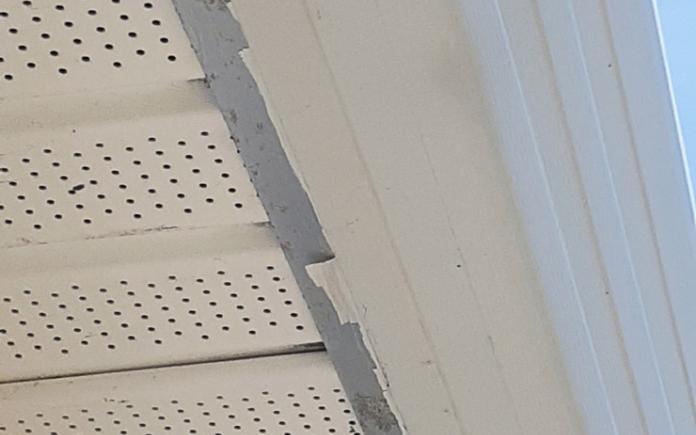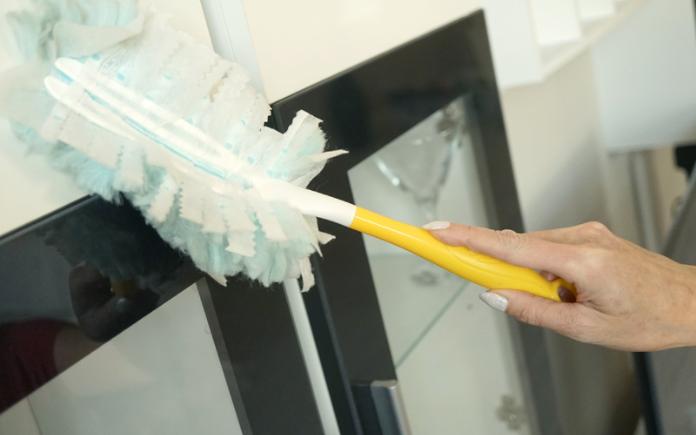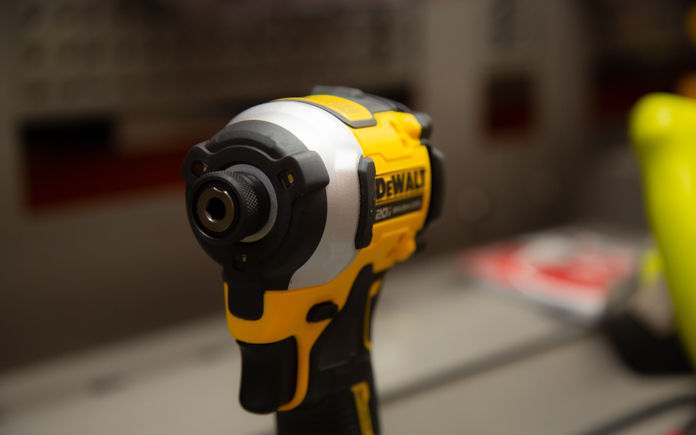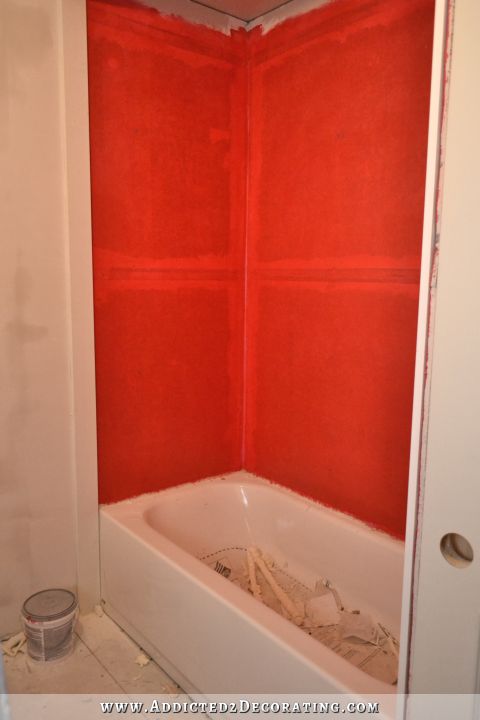
In this week’s radio show, we’re talking about painting galvanized metal trim, waterproofing a low-level concrete garage and the right way to dust and vacuum.

Todd Jacquin, from Elizabeth City, N.C., has paint peeling on the metal soffit around his gutters. What’s the best way to fix this?
The soffit itself is aluminum but the trim around it appears to be galvanized metal.
Paint doesn’t stick well to galvanized metal if it’s not prepped properly. To paint it, you’ll need to scrape off any loose paint and caulk to get it down to the bare metal. Leave any paint that is not peeling.
To prep the galvanized metal for painting, wipe it down with some white vinegar to etch it. Use cleaner concentrate vinegar, or garden vinegar, to do this. This type of vinegar is 30 percent more concentrated than regular household and cooking vinegar.
Let it dry, then brush on a two-in-one paint and primer that’s designed to work on metal. Start with a small portion of the metal first to make sure the paint will stick to it.
Another thing to do is check out vinyl siding manufacturers and buy trim pieces that will slide over it. A J-channel could work well on this soffit siding. The J part of this trim piece is about half an inch or so thick, so it might not cover all the metal. You could get a flat stock of vinyl to slip over it to cover the rest of the exposed metal.
Skip to [12:15] for the full segment on the Today’s Homeowner Radio Show.
Vacuum First or Last When Dusting?

Here’s a question from the Today’s Homeowner Radio Show Hotline: “When cleaning my house, is it better to dust the furniture first and then vacuum? Or vice versa?”
Logic would tell me that you would start from the top down. If you’re cleaning a room, start with the crown molding, window sills and furniture before vacuuming.
The reason is if you vacuum and then dust the dust will fall back on the surfaces and you’ll have to vacuum again. Dust first, and don’t just brush the dust off. Use something with moisture in it to trap some of that dust. Capture any dust you can before dispersing it across the room, especially from the tops of cabinets and ceiling fan blades.
Skip to [1:02:55] for the full segment on the Today’s Homeowner Radio Show.
Waterproofing a Concrete Block Wall Garage

Gary Buss in Conover, Wis., has an underground concrete block wall garage with a Spancrete roof. Above the garage are a living area and a deck.
When the snow melts in the spring, water drips from the roof and seeps through the cracks on the deck above the garage.
What’s the best way to waterproof and insulate his garage?
A lot of hydrostatic pressure is pushing that water up against the walls. If the walls haven’t been adequately waterproofed on the outside, it can be a challenge to seal them off and waterproof them from the inside. But it’s worth a try — you’ll be surprised what putting a coating on the inside can do.
First, clean all the walls with TSP, and let them dry. Apply one coat of DRYLOK Extreme Basement and Masonry Waterproofer. This might not fix it but it will improve it.
For the garage ceiling, seal up the cracks with a flexible caulk like Titebond WeatherMaster Sealant. Because this sealant expands and contracts, it will seal up those cracks that are leaking water.
After you’ve sealed the cracks, waterproof the ceiling with Custom Building Products RedGard Waterproofing and Crack Prevention Membrane.
Skip to [1:07:54] for the full segment on the Today’s Homeowner Radio Show.

Dealing with Weeds
No matter how much you pamper your lawn, at some point, you’ll have to deal with weeds.
The best way to control weeds is by having a healthy lawn. So focus on improving your soil and getting your grass healthy, and many of the weeds will disappear on their own.
Here are a few things to try:
- Test your soil regularly. You can’t add the right amendments to your soil if you don’t know what it needs and a good soil test will tell you.
- Be sure the grass has room to grow. Core aeration loosens up compacted soil to allow room for roots to grow while it opens the soil up to more water, nutrients and oxygen. You can rent an aerator yourself or hire a local lawn service to do the job.
- When watering is required, do it right. Frequent light waterings don’t encourage roots to grow deep. So water less frequently for longer periods of time.
- Finally, mow with the grass in mind. Mowing more frequently requires extra effort on your part, but it’s healthier for the lawn.
For more lawn tips ideas and inspiration for your outdoors, visit exmark.com/backyard.
Also on this episode:
Best New Product
 |
This DeWalt Compact Impact Driver makes working in cramped spaces easy! Learn more>> |
Other Products and Links Mentioned
Further Reading
Radio Show: Send us your question!
If you have a comment, general question about home improvement, or something we’ve featured on Today’s Homeowner, please fill in this form:











